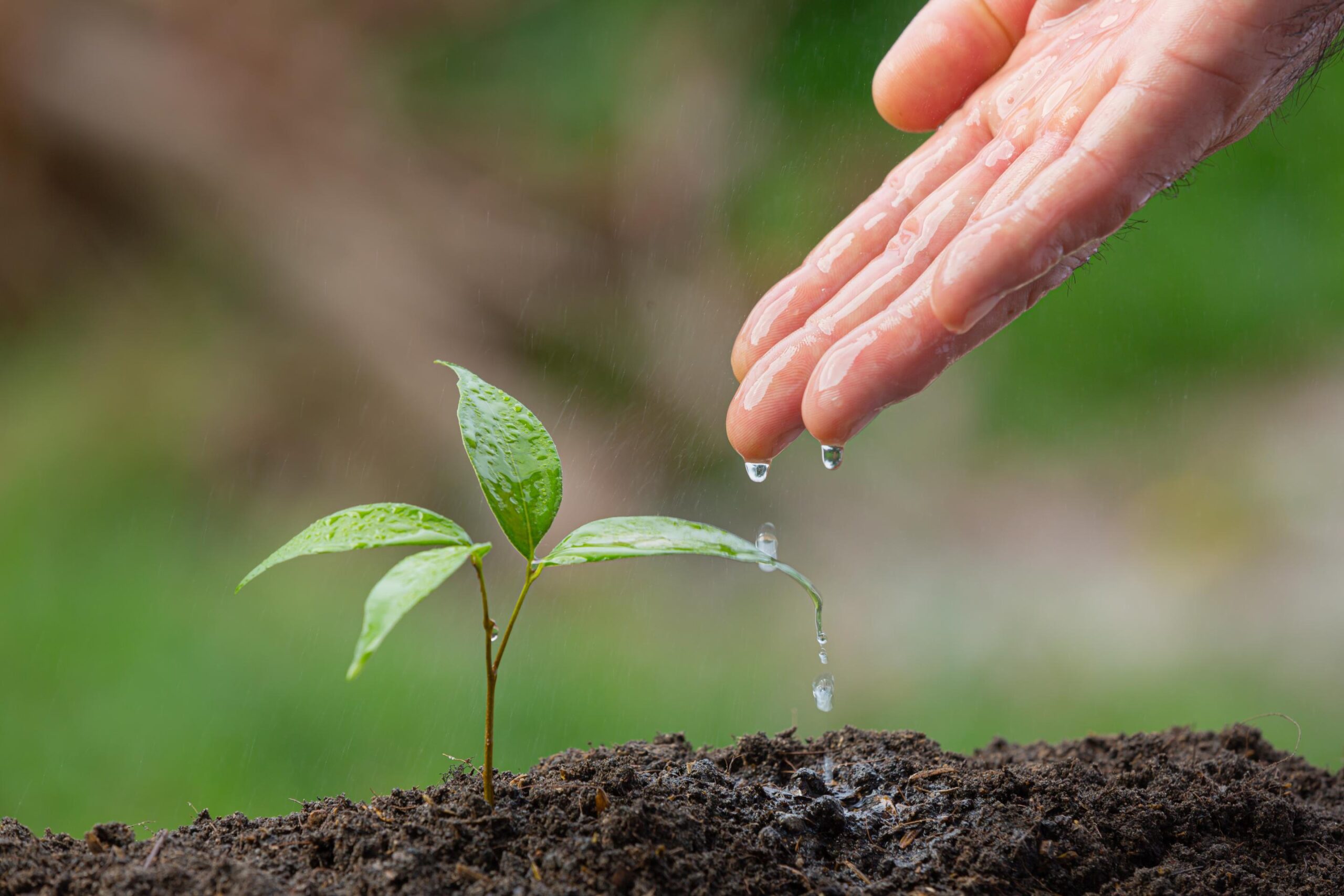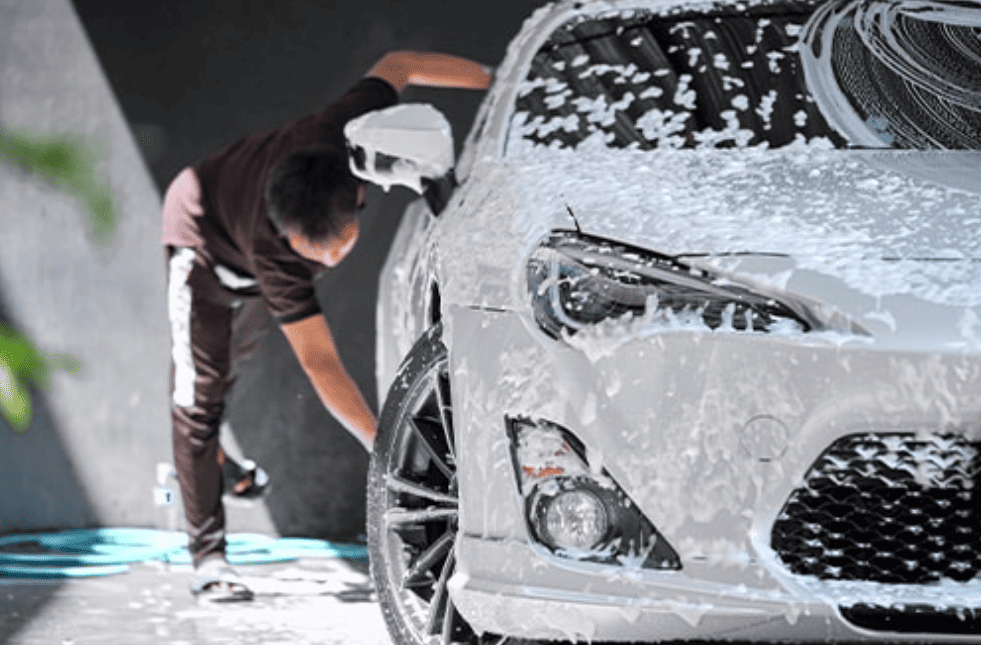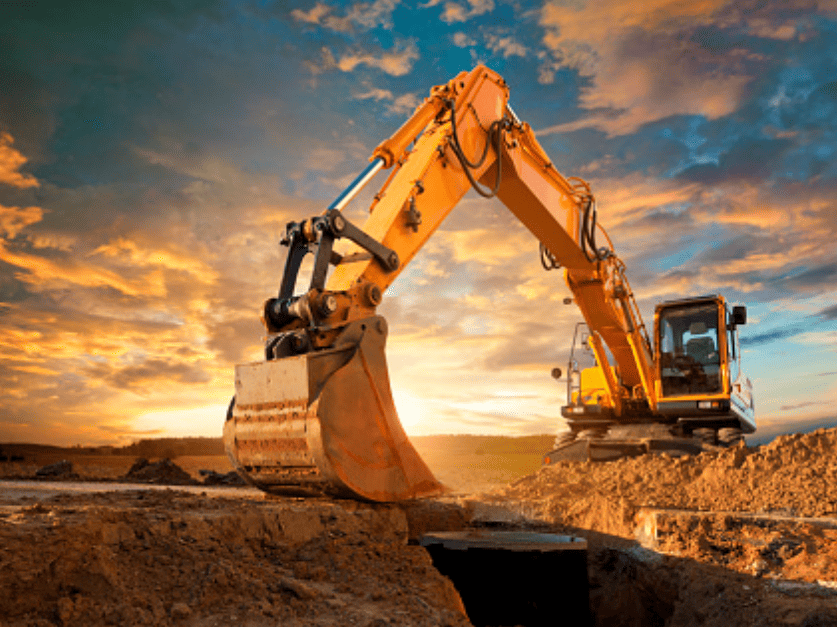If you’re a home gardener or just getting into growing plants in containers, you may have wondered how often you need to change the potting soil in your pots. Over time, even the best soil begins to degrade, lose nutrients, and become compacted, which affects the health and growth of your plants. While you can feed your plants with liquid fertilizer for hydroponics, that doesn’t solve all the issues that come from old soil. So, the question remains: when is the right time to refresh the soil?
This blog will walk you through all the important reasons why changing potting soil is essential, how often to do it, and the signs to look for in your plants that signal it’s time for new soil.
Why Does Potting Soil Need to Be Changed?
Decomposition and Nutrient Loss
Over time, organic materials in potting soil break down. What starts out as fluffy, rich soil slowly compacts and loses the structure that allowed for proper aeration and water retention. This decomposition process also depletes the nutrients your plants need to thrive. Without enough nutrients, your plants may begin to look unhealthy or grow very slowly, even if you’re regularly feeding them with liquid fertilizer for hydroponics or other nutrients.
Salt and Mineral Build-up
As you water your potted plants and add fertilizers, salts and minerals can begin to accumulate in the soil. Unlike plants grown in the ground, container plants don’t have a natural drainage system that washes away excess salts. This build-up can eventually harm the roots and reduce the soil’s effectiveness.
Compaction and Poor Drainage
Old potting soil often becomes compacted. Compacted soil doesn’t allow water or air to circulate properly, leading to poor drainage and suffocated roots. This is one of the most common reasons for root rot, a serious problem that can kill even the healthiest plant.
How Often Should You Change Potting Soil?
The frequency with which you should change potting soil depends on a few different factors: the type of plant, the size of the pot, and how intensively you’re feeding and watering.
Annual Refresh
Most indoor potted plants benefit from an annual refresh of their soil. This doesn’t necessarily mean completely changing all the soil every year, but you should remove the top few inches and replace it with fresh potting soil. For example, if your plant has grown significantly or has been in the same pot for a long time, it may be time for a full soil change.
Full Soil Change Every 1–2 Years
If you’ve been growing a plant in the same pot for a year or two, a full soil change is often recommended. Removing all the old soil allows you to examine the root system, prune any damaged roots, and provide a completely new environment for growth.
Plants that are particularly hungry for nutrients, like tomatoes or flowering annuals, benefit the most from complete soil renewal at least once a year. In contrast, slow-growing succulents or cacti can go a bit longer, often two to three years, without a full soil replacement.
Partial Replacement for Perennials
For long-term potted plants like trees or large perennials, replacing all the soil is not always feasible. In these cases, it’s better to remove the top third of the potting soil and replenish it with fresh, nutrient-rich mix annually. Combine this with regular feeding using liquid fertilizer for hydroponics or other plant foods to maintain a healthy nutrient balance.
Signs That It’s Time to Change Potting Soil
Even if you’re on a schedule, it’s good to watch for warning signs from your plants. These may indicate it’s time to change the soil even sooner than planned.
Poor Plant Growth
If your plant isn’t growing as well as it used to, even though you’re watering and feeding it regularly, the soil may be depleted. Fresh potting soil provides better drainage and aeration, promoting healthier root systems and better growth.
Foul Odors
Soil should smell earthy, not sour or rotten. Foul odors are often a sign of poor drainage, root rot, or a breakdown of organic materials. When this happens, it’s time to remove the old soil and replace it completely.
Mold or Fungus
If you see mold or white fuzzy patches on the soil’s surface, it’s likely caused by overwatering or poor air circulation. Mold and mildew can harm your plant and are a clear signal that your soil might need changing.
Yellowing Leaves or Drooping
While yellow leaves can be caused by many factors, including lack of nutrients or overwatering, one common issue is compacted or old potting soil. If your plant is drooping and the soil doesn’t absorb water like it used to, it’s time for a refresh.
Tips for Changing Potting Soil Properly
Prepare Your Workspace
Changing soil can get messy. Lay down some newspaper or work outside to keep things clean. Have your new soil, tools, and pot ready before removing the plant.
Gently Remove the Plant
Carefully take the plant out of the pot, loosening the root ball if needed. Examine the roots for signs of rot, mold, or overcrowding. Trim damaged roots with sterilized scissors or pruning shears.
Clean the Pot
Before adding fresh potting soil, wash the container thoroughly with soap and water. If there was any mold or fungus in the old soil, you might want to disinfect the pot with a diluted vinegar solution.
Add New Soil and Replant
Add a layer of fresh potting soil to the bottom, position your plant in the pot, and fill around it with soil, gently pressing it in. Water thoroughly after repotting and keep the plant in a low-light area for a day or two to reduce transplant shock.
Can You Reuse Old Potting Soil?
You can reuse old soil in some cases, but it must be refreshed and sterilized. To reuse, first remove any plant debris and roots. Then mix in compost or fresh potting soil to improve structure and nutrients. Some gardeners even bake the soil in the oven to kill pathogens, although this is not always necessary.
Using reused soil works best for hardy plants or outdoor containers. It’s generally not recommended for seedlings or delicate indoor plants.
How Liquid Fertilizer for Hydroponics Can Help
While changing your soil is critical, regularly feeding your plants with liquid fertilizer for hydroponics can help maintain healthy growth between soil changes. This type of fertilizer delivers nutrients directly to the root zone, making it highly effective for plants in pots.
However, it’s important to remember that even with regular feeding, old potting soil becomes structurally compromised over time. Fertilizers can’t fix compaction, poor drainage, or salt buildup. Use them as part of your plant care routine, not as a replacement for healthy soil.
Final Thought
Changing the potting soil in your potted plants is one of the most impactful things you can do to promote plant health and vitality. While it might seem like a lot of effort, the benefits far outweigh the inconvenience. Fresh soil means better drainage, improved aeration, and a richer source of nutrients for your plants to thrive.
You don’t have to replace all the soil every year, but paying attention to your plant’s health and the condition of the soil will tell you when it’s time for a change. And while tools like liquid fertilizer for hydroponics are excellent for supplementing plant nutrition, nothing beats the results of giving your plants a fresh, healthy foundation.



